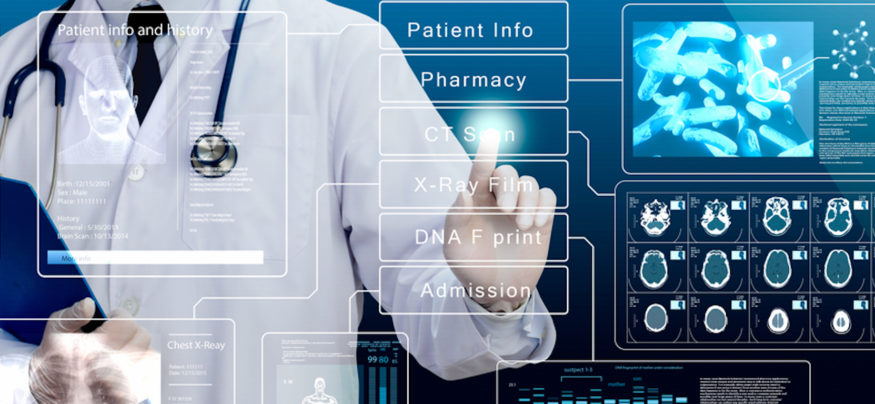Healthcare has been understandably late to the widespread adoption of digital technology. Extremely restrictive regulations, the presence of multiple key stakeholders, a slow-to-adopt culture and other challenges distinguish healthcare from the retail and finance sectors, which have flourished with their implementations of digital technologies. But pharmaceutical companies (pharma) inhabit a unique position, situated between patients, prescribers and payers, allowing them to gain maximum benefits from a wide array of digital offerings.
Below are five aspects of digital technology that can greatly impact the pharma industry.
1. Data obtained via online support groups and social media. Digital technologies can transform the way clinical trials are conducted. Online support groups are becoming an increasingly important resource for clinical trial recruitment of patients. Additionally, social media presents a big opportunity for pharma to interact with multiple stakeholders in healthcare by taking advantage of information gleaned from discussions with providers on social media. A prime example of this is a study of conversations between physicians on Twitter about cancer. Another recent study described data collection from public online conversations about complementary and alternative cancer therapies.
2. Innovative interactions with prescribers. Drug prescribers have traditionally interacted with pharmaceutical companies via office visits (both planned and unplanned). Regulations related to the Physician Payments Sunshine Act and hospital policies have severely restricted the degree to which these encounters occur today. RIMEDIO, an e-commerce social network for healthcare transactions, intends to upend this dynamic and redesign the pharmaceutical sales model with new technology. It creates a system through which prescribers dictate how and when they want to interact with pharma companies. Much of pharma’s overhead is eliminated through the use of agents who can represent multiple drugs for different companies. The encounters are prompted and take place via patented technology, which transforms a “push” to a “pull” from the prescriber’s perspective.
3. Easy access to and sharing of patient data. The information available to pharma companies primarily comes from marketing studies, clinical studies, post-marketing registry studies (phase 4 trials) and prescribing data. Information on any adverse events that occur after a drug is released into the market comes from voluntary reporting from prescribers or patients. Truly meaningful information can be obtained if discrete data sets, which are used to determine patient outcomes (including patient safety metrics), are consolidated from multiple sources that would otherwise not communicate with each other. Technology today is capable of seamlessly skimming such de-identified data points in real time from sources as diverse as different electronic health record vendors, patient-facing mobile apps or clinical registries. And companies such as Pulse Infoframe, a healthcare analytics company, allow clinicians to easily share data with patients and other stakeholders through a secure, web-based application.
4. Medication adherence platforms. It’s estimated that medication non-adherence results in $105 billion spent on avoidable healthcare in the U.S. According to a recent report on medication adherence by Deloitte, 54 percent of consumers who take prescription drugs stated that they’d be interested in using digital tools and mobile technologies to provide alerts and reminders to take their medications. However, only 13 percent of people who use prescription medication currently use such tools. The report notes that the discrepancy is due to factors such as ease of use, cost, comfort with digital tools in general, physician recommendations and demographic differences.
5. Retail medical clinics. While there’s debate about the financial pros and cons of retail medical clinics, there are undeniable convenience and reliability factors associated with them. In addition, the steadily rising utilization of these clinics by consumers makes them a likely healthcare player for years to come. Digital tools that relate to medication adherence, education and disease state awareness can all emanate from the retail clinic associated with the dispensary.
There are far-reaching implications of the different types of digital tools described above for the industry, which will vary by user and point of care/use. However, there’s no denying that these tools will come of age as both patients and clinicians become more digitally savvy.
Digital health advisors are another step toward an increasingly digital healthcare industry. Learn how they provide benefits for consumers and clinicians across the board.







